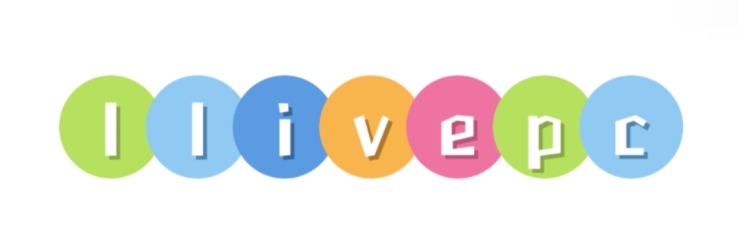10 Essential Facts About Recyclable Stretch Film You Need to Know
10 Essential Facts About Recyclable Stretch Film You Need to Know
As businesses increasingly seek sustainable solutions, recyclable stretch film has emerged as a vital product for efficient packaging. If you are an end customer looking to optimize your packaging processes while minimizing your environmental footprint, understanding the following key facts about recyclable stretch film is essential.
1. Environmentally Friendly Choice
One of the primary benefits of recyclable stretch film is its eco-friendliness. Unlike traditional plastic films, recyclable variants are designed to be processed through recycling systems, thereby reducing landfill waste and supporting sustainable practices.
2. Lightweight yet Strong
End customers often face challenges in balancing packaging strength and weight. Recyclable stretch film is designed to be lightweight while offering superior tensile strength, ensuring your products are securely wrapped without adding unnecessary weight to your shipments.
3. Cost-Effective Solution
Recyclable stretch film can prove to be a cost-effective option. While the initial cost may be marginally higher than traditional films, the long-term savings realized through reduced waste management costs and potential rebates from recycling programs can make it economically viable.
4. Compatibility with Existing Equipment
Concerns about compatibility often deter businesses from transitioning to recyclable films. Fortunately, most recyclable stretch films are designed to work seamlessly with existing wrapping equipment, minimizing disruptions or additional investments in new machinery.
5. Enhanced Load Stability
One of the common issues faced during shipping is product damage due to shifting loads. Recyclable stretch films provide excellent load stability, ensuring that packaged items remain secure during transportation, thereby reducing the risk of loss or damage.
6. Multiple Uses in Various Industries
Recyclable stretch film is versatile and can be utilized across various industries including e-commerce, food and beverage, and manufacturing. Understanding the specific needs of your industry can help you choose the most suitable type of film for your packaging applications.
7. Easy Identification and Sorting Procedures
An essential consideration for end customers is how recyclable materials are identified. Many producers now offer stretch films that are clearly labeled for recycling to facilitate proper sorting in waste management processes. This guidance helps businesses and consumers alike ensure they are recycling correctly.
8. UV Protection Options
Some recyclable stretch films are treated to offer UV protection, which is crucial for items that may be exposed to sunlight during storage or transport. This feature can be critical for preserving the integrity of sensitive products, such as food items, without the need for additional packaging materials.
9. Potential for Increased Consumer Demand
More consumers are demanding eco-friendly packaging options. By using recyclable stretch film, businesses can enhance their brand reputation and attract environmentally conscious customers who prioritize sustainability in their purchasing decisions.
10. Continuous Innovation in Recyclable Materials
The recyclable stretch film industry is consistently evolving with innovations aimed at improving quality and sustainability. Keeping abreast of these advancements can help your business stay ahead of trends and leverage new technologies that improve packaging efficiency.
In conclusion, recyclable stretch film represents not only an environmentally responsible choice but also practical advantages for your packaging needs. By understanding these essential facts, you can make informed decisions that align with both operational efficiency and sustainability goals.
Are you interested in learning more about Vci Poly Bags? Contact us today to secure an expert consultation!
60
0
0

Comments
All Comments (0)